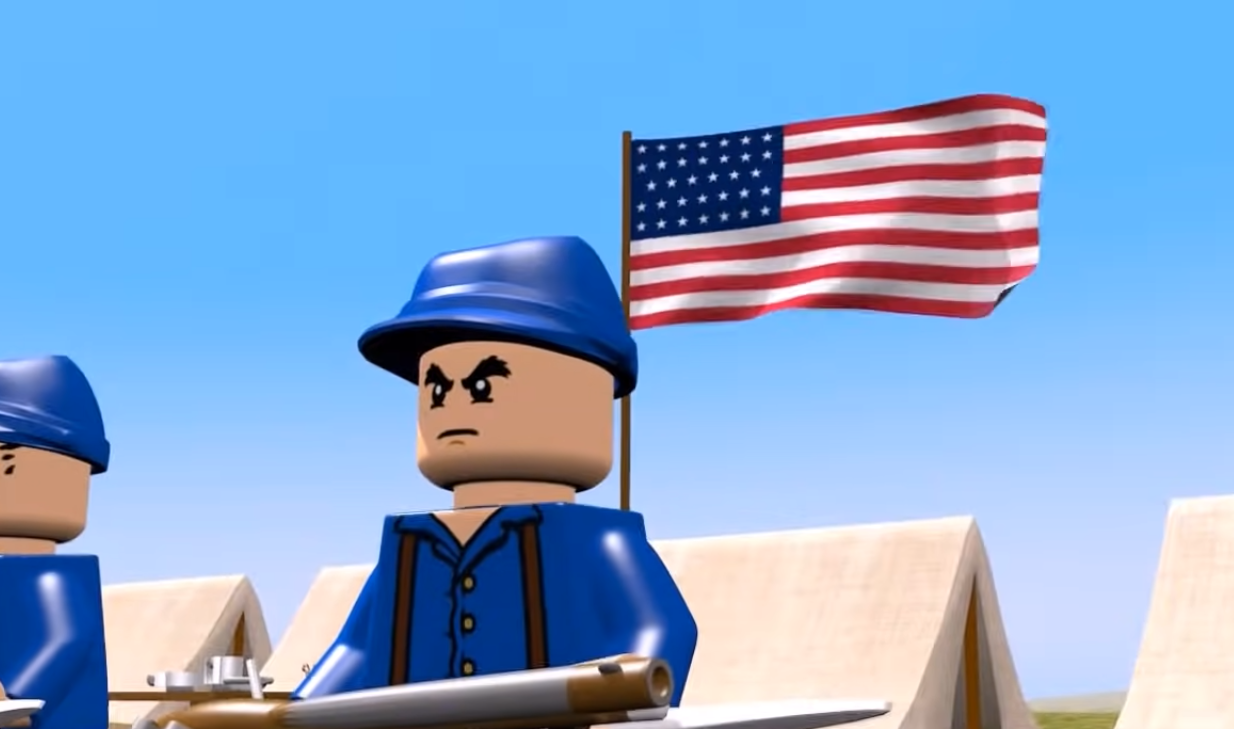
The American Civil War: Lego Reenactment
The American Civil War was a momentous and devastating conflict that took place in the United States from 1861 to 1865. It was fought between the Northern states, known as the Union, and the Southern states, known as the Confederacy. The war was primarily fought over issues of slavery, states’ rights, and the preservation of the Union.
Causes of the Civil War:
The primary cause of the Civil War was the issue of slavery. Slavery had been a deeply divisive issue in the United States for decades, with the Southern states relying heavily on slave labor for their agrarian economy. The Northern states, on the other hand, had developed a more industrialized economy and gradually abolished slavery.
The election of Abraham Lincoln as President of the United States in 1860 further escalated tensions between the North and South. Lincoln, a Republican, opposed the expansion of slavery into new territories. Southern states, fearing the loss of their “peculiar institution,” decided to secede from the Union and form their own Confederacy.
Major Events of the Civil War:
- Fort Sumter (1861): The Civil War began with the Confederate attack on Fort Sumter in South Carolina. The fort was held by Union forces, and its surrender marked the start of hostilities.
- First Battle of Bull Run (1861): The first major land battle of the war resulted in a Confederate victory and shattered the belief that the conflict would be a short and decisive one.
- Battle of Antietam (1862): Fought in Maryland, this was the bloodiest single-day battle in American history, and it ended in a tactical draw. However, it provided a strategic victory for the Union, as it halted the Confederate invasion of the North.
- Emancipation Proclamation (1863): Issued by President Lincoln, this proclamation declared that all slaves in Confederate-held territory were to be set free. While it did not immediately free any slaves, it changed the nature of the war, making it as much about ending slavery as preserving the Union.
- Gettysburg (1863): Fought in Pennsylvania, the Battle of Gettysburg was a turning point in the war. The Union victory ended General Robert E. Lee’s invasion of the North and marked the Confederacy’s last major offensive in the war.
- Gettysburg Address (1863): Following the Battle of Gettysburg, President Lincoln delivered his famous speech, emphasizing the importance of preserving the Union and dedicating the soldiers’ sacrifice to the cause of freedom and equality.
- Sherman’s March to the Sea (1864): Led by General William Tecumseh Sherman, Union forces conducted a devastating military campaign through Georgia, destroying resources and infrastructure in a “scorched earth” strategy.
Conclusion of the War:
In April 1865, General Lee surrendered to General Ulysses S. Grant at Appomattox Court House, Virginia, effectively ending the Civil War. The conflict had claimed the lives of approximately 620,000 soldiers, making it one of the deadliest wars in American history.
Legacy:
The American Civil War had profound and lasting effects on the United States. The Union’s victory resulted in the abolition of slavery with the passage of the Thirteenth Amendment to the Constitution in 1865. The war also reaffirmed the federal government’s authority over states’ rights and solidified the United States as one nation, indivisible. However, the war left deep scars and lasting divisions, with the issues of race and civil rights remaining contentious throughout American history.
Overall, the American Civil War was a defining moment in the nation’s history, shaping its course and identity for generations to come. It remains a solemn reminder of the cost of division and the struggle for a more perfect union.

